11 Places Where Nature Has Reclaimed Man-Made Structures
In the eternal dance between humanity and the natural world, there exists a captivating phenomenon where nature reclaims what was once man-made. These enchanted ruins, scattered across the globe, tell stories of civilizations long past, while showcasing the relentless power and beauty of nature. As human structures crumble and decay, nature steps in to weave its magic, transforming these remnants into stunning tapestries of greenery and life. This article delves into 11 places where nature has reclaimed man-made structures, offering a glimpse into the world where the natural world reasserts its dominance. From ancient temples overtaken by jungle vines to abandoned cities swallowed by the desert sands, each location is a testament to the resilience of nature and the transient nature of human endeavors. Let's explore these hauntingly beautiful sites, where the past meets the present in a harmonious blend of history and nature.
1. Angkor Wat, Cambodia: The Jungle's Embrace
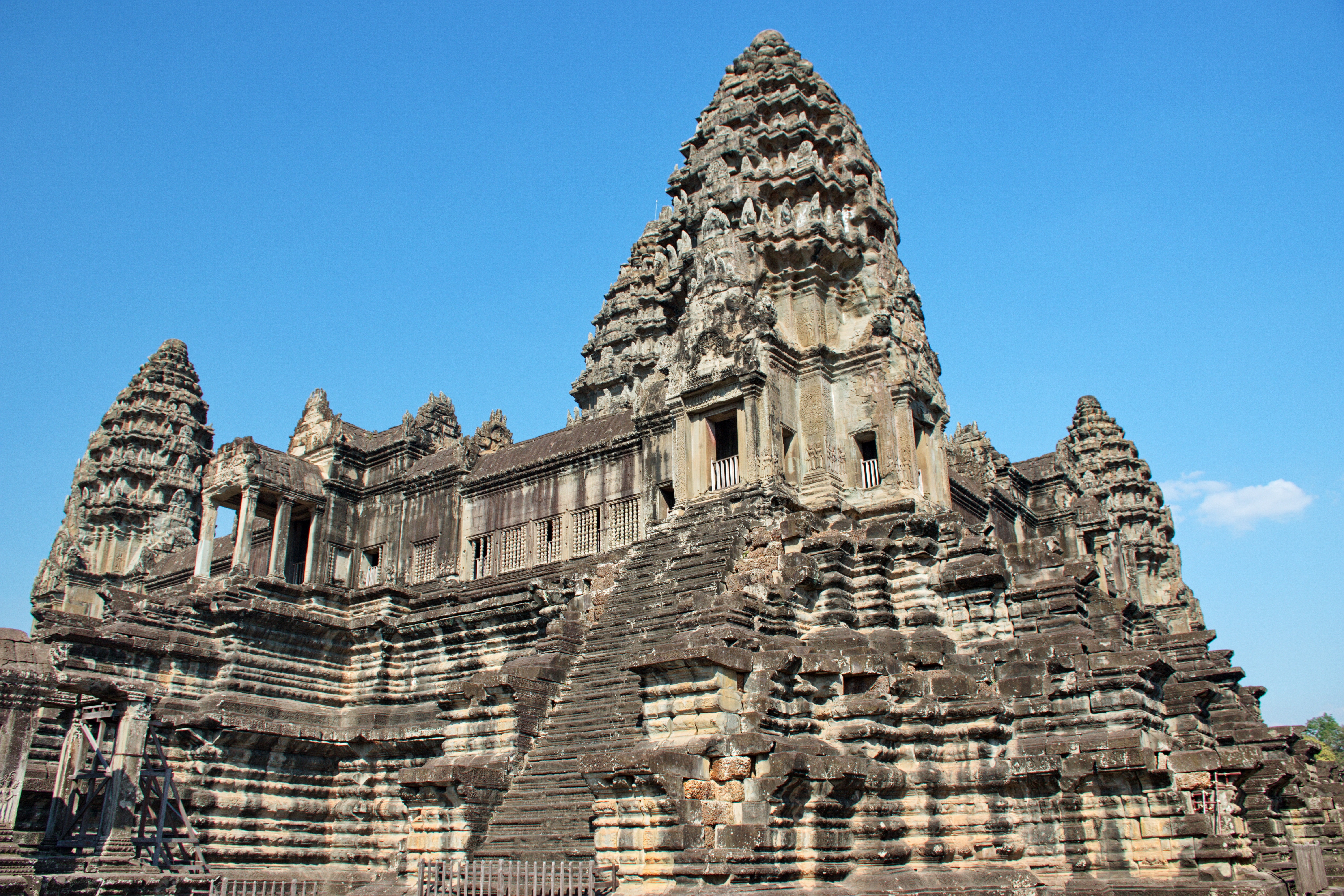
Angkor Wat, the largest religious monument in the world, stands as a stunning example of nature reclaiming the man-made. Built in the early 12th century, this temple complex was once the heart of the Khmer Empire. Over time, as the empire declined, the jungle began to reclaim the land. Today, Angkor Wat is enveloped by lush greenery, with massive tree roots intertwining with the ancient stone structures. The sight of these giant trees, such as the iconic strangler figs and silk-cotton trees, growing out of the ruins is both awe-inspiring and humbling. These natural giants, with their roots snaking through and around the temple walls, create an ethereal atmosphere that draws visitors from around the world. The juxtaposition of the intricate carvings and the raw power of nature serves as a poignant reminder of the impermanence of human achievements and the enduring strength of the natural world.
2. Machu Picchu, Peru: The Lost City in the Clouds

Perched high in the Andes Mountains, Machu Picchu is a testament to the ingenuity of the Inca civilization. Abandoned in the 16th century, this ancient city lay hidden beneath a thick canopy of vegetation for centuries. Rediscovered in 1911, Machu Picchu is now one of the most iconic archaeological sites in the world. The ruins, nestled amidst lush greenery and surrounded by mist-shrouded peaks, offer a breathtaking view of nature's reclamation. The terraces, once used for agriculture, are now overgrown with native flora, while the stone structures are adorned with moss and lichen. The interplay between the carefully crafted stonework and the untamed beauty of the surrounding landscape creates a sense of harmony and tranquility. As visitors explore the site, they are reminded of the delicate balance between human innovation and the natural world, and the power of nature to reclaim its own.
3. Pripyat, Ukraine: The Silent Witness of Chernobyl

The city of Pripyat, once a bustling hub for the workers of the Chernobyl Nuclear Power Plant, now stands as a haunting reminder of the past. Abandoned after the catastrophic nuclear disaster in 1986, Pripyat has been left to the mercy of nature. Over the decades, the city has transformed into a post-apocalyptic landscape, where nature has begun to reclaim the urban environment. Trees and shrubs have taken root in the cracks of pavements and buildings, while wildlife such as deer, wolves, and birds have returned to the area. The iconic Ferris wheel, once a symbol of joy, is now overgrown with vines, creating an eerie yet captivating sight. Pripyat serves as a poignant example of nature's resilience and ability to adapt, even in the face of human-induced disasters. The city's transformation into a natural haven highlights the enduring strength of the natural world and its ability to heal and renew.
4. Ta Prohm, Cambodia: The Temple of Trees
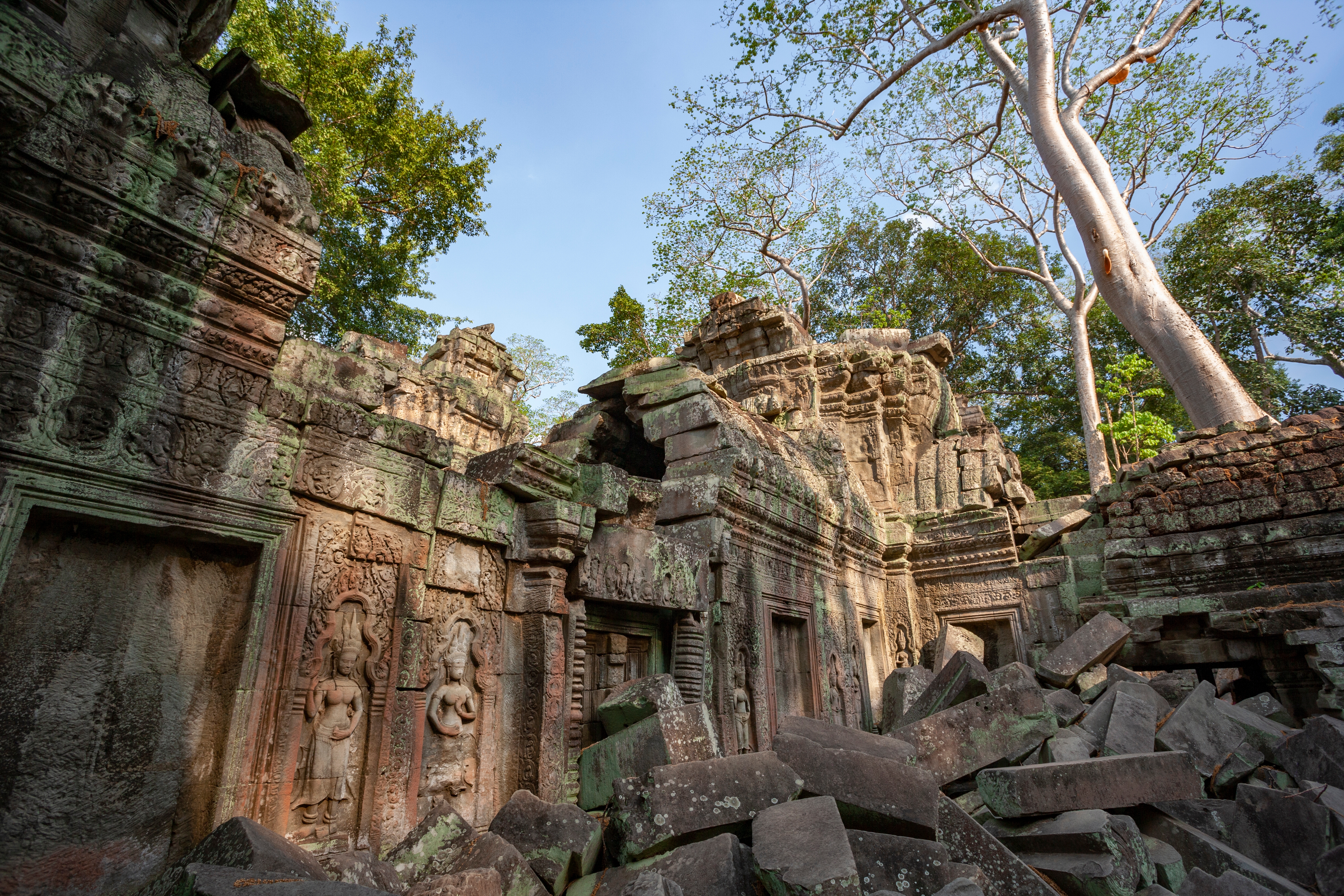
Ta Prohm, one of the temples in the Angkor Archaeological Park, is renowned for its unique blend of man-made and natural beauty. Unlike other temples in the area, Ta Prohm has been left largely unrestored, allowing nature to reclaim its territory. The temple is famous for its massive tree roots that envelop the stone structures, creating a mesmerizing fusion of architecture and nature. The roots of the silk-cotton trees and strangler figs seem to flow over the temple walls like liquid, creating an otherworldly atmosphere. As visitors wander through the temple, they are transported to a bygone era where nature and humanity coexisted in harmony. Ta Prohm serves as a powerful reminder of the impermanence of human creations and the enduring power of nature. The temple's enchanting beauty continues to captivate and inspire, drawing visitors from around the world to witness the magic of nature's triumph.
5. Kolmanskop, Namibia: The Desert's Silent Takeover

Once a thriving diamond mining town in the early 20th century, Kolmanskop now stands as a ghost town, slowly being reclaimed by the Namib Desert. Abandoned in the 1950s after the diamond rush waned, the town has been left to the mercy of the desert sands. Over the years, the relentless winds have carried sand into the buildings, filling rooms and creating surreal landscapes. The once-grand homes and public buildings are now partially buried, with only the roofs and upper walls visible above the sand. The eerie silence of the desert, combined with the haunting beauty of the sand-filled interiors, creates a sense of timelessness and mystery. Kolmanskop serves as a stark reminder of the impermanence of human endeavors and the power of nature to reclaim its own. The town's transformation into a desert landscape highlights the delicate balance between human activity and the natural world, and the need to respect and protect our environment.
6. The Ruins of Tikal, Guatemala: The Jungle's Hidden Treasure

Deep within the rainforests of Guatemala lies Tikal, one of the largest and most important archaeological sites of the ancient Maya civilization. Abandoned around the 10th century, the city was gradually overtaken by the dense jungle. Rediscovered in the 19th century, Tikal is now a UNESCO World Heritage Site, renowned for its towering pyramids and temples that rise above the jungle canopy. The ruins are surrounded by lush vegetation, with trees and vines encroaching upon the ancient structures. The sounds of the jungle, from the calls of howler monkeys to the songs of tropical birds, create an immersive experience for visitors. The interplay between the ancient stone structures and the vibrant life of the jungle serves as a testament to the resilience of nature and the enduring legacy of the Maya civilization. Tikal's enchanting beauty continues to captivate and inspire, drawing visitors from around the world to explore this hidden treasure.
7. The Ruins of Pompeii, Italy: Nature's Revival Amidst Ashes
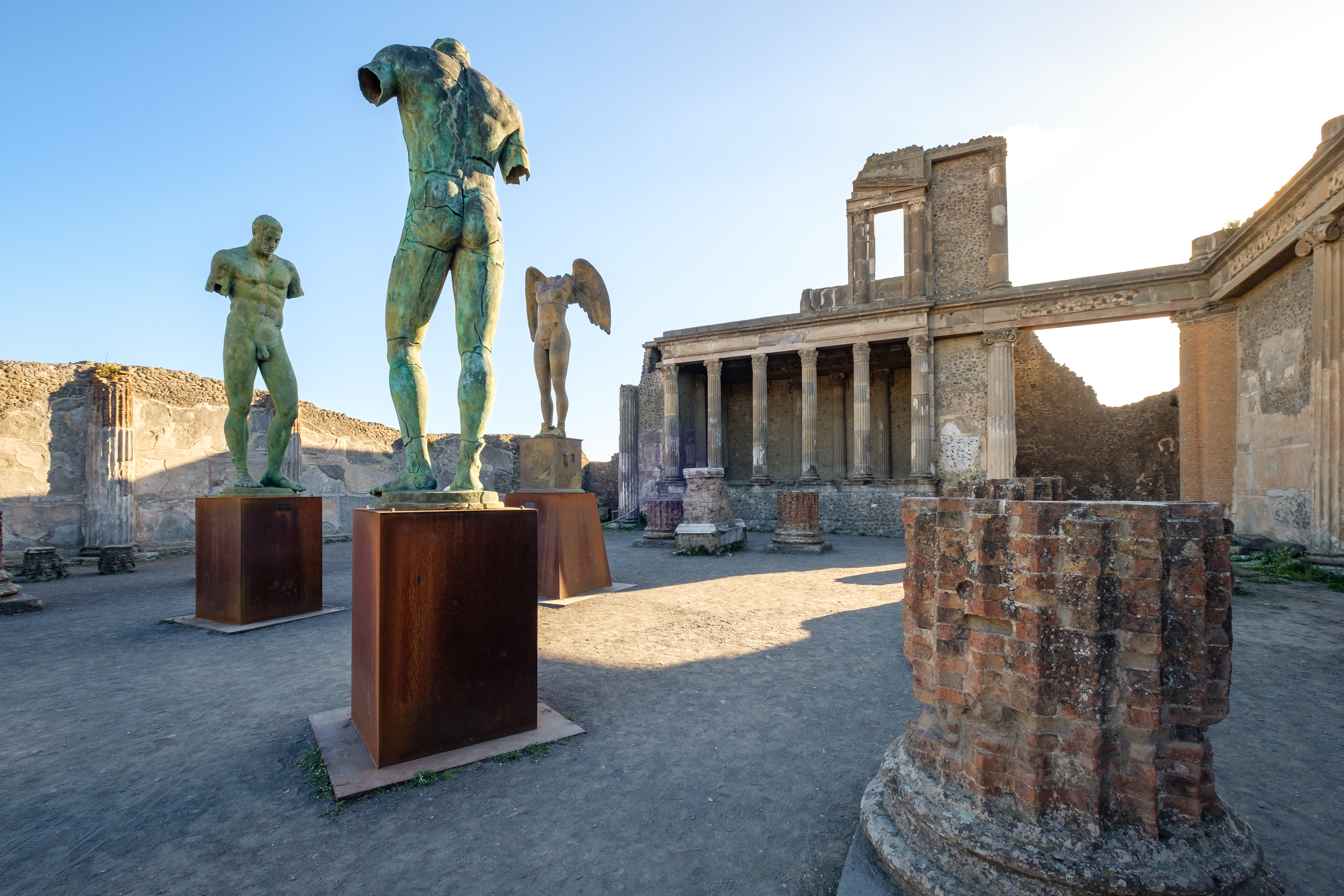
The ancient city of Pompeii, buried under volcanic ash after the eruption of Mount Vesuvius in 79 AD, offers a unique glimpse into the past. Rediscovered in the 18th century, the city has been extensively excavated, revealing a remarkably well-preserved snapshot of Roman life. Over the centuries, nature has begun to reclaim the site, with plants and trees taking root in the volcanic soil. The once-barren landscape is now a vibrant tapestry of greenery, with wildflowers and grasses growing amidst the ruins. The contrast between the ancient stone structures and the lush vegetation creates a striking visual experience, highlighting the cycle of destruction and renewal. Pompeii serves as a poignant reminder of the power of nature to both destroy and create, and the resilience of life in the face of adversity. The city's transformation into a natural haven underscores the enduring strength of the natural world and its ability to heal and renew.
8. The Ruins of Petra, Jordan: The Rose City Reclaimed

Nestled within the rugged mountains of southern Jordan, Petra is an ancient city carved into the rose-red sandstone cliffs. Once a thriving trade hub of the Nabataean civilization, Petra was gradually abandoned and forgotten. Rediscovered in the 19th century, the city is now a UNESCO World Heritage Site, renowned for its stunning rock-cut architecture and dramatic landscapes. Over time, nature has begun to reclaim the site, with wind and rain eroding the sandstone facades and plants taking root in the crevices. The interplay between the ancient structures and the natural landscape creates a breathtaking visual experience, with the warm hues of the sandstone contrasting against the vibrant greenery. Petra's enchanting beauty continues to captivate and inspire, drawing visitors from around the world to explore this hidden gem. The city's transformation into a natural wonder highlights the enduring legacy of the Nabataean civilization and the power of nature to reclaim its own.
9. The Ruins of Hampi, India: Nature's Stone Canvas
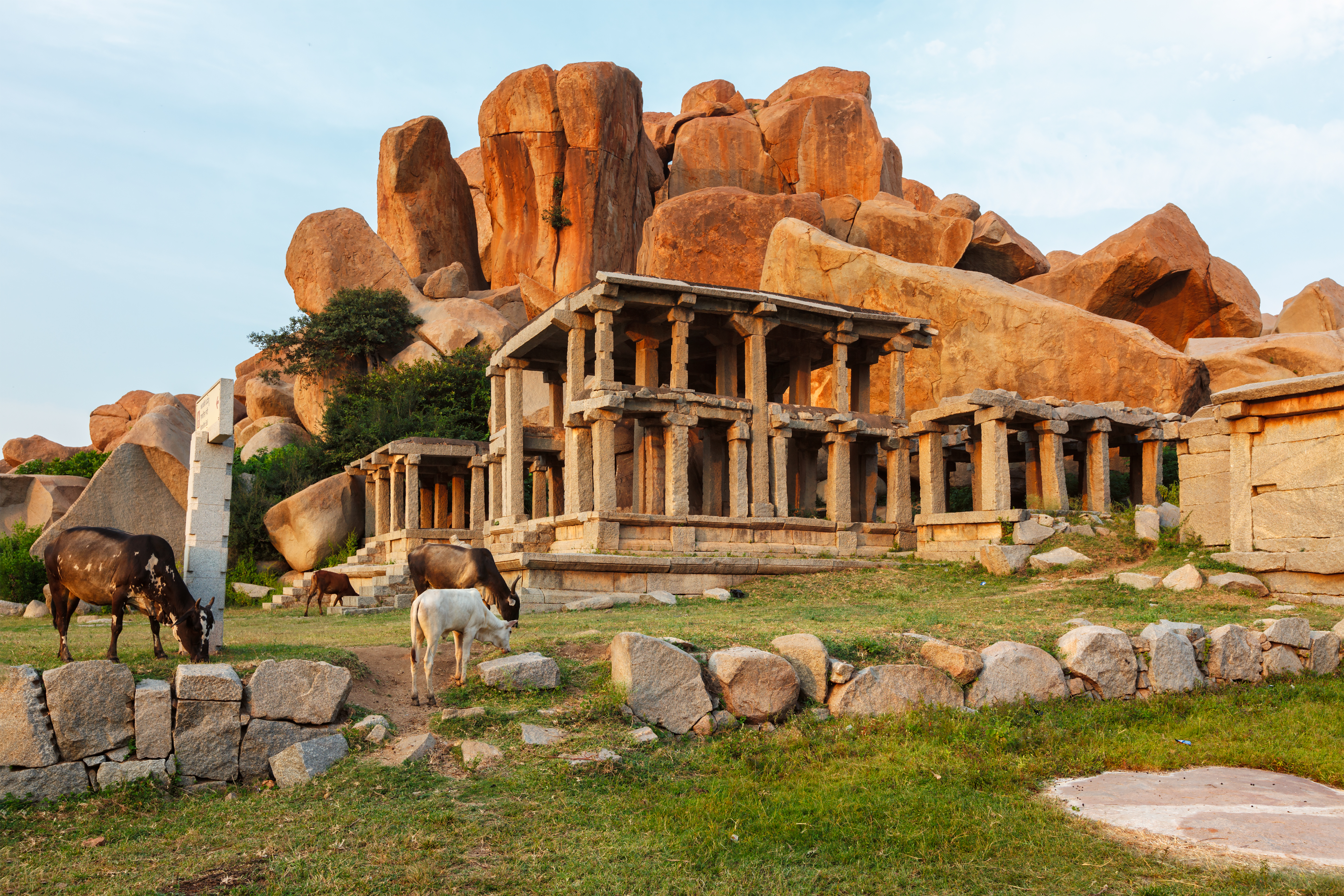
Hampi, once the capital of the Vijayanagara Empire, is a sprawling complex of ancient temples, palaces, and monuments in southern India. Abandoned in the 16th century, the city was gradually overtaken by the surrounding landscape. Today, Hampi is a UNESCO World Heritage Site, renowned for its stunning architecture and dramatic landscapes. The ruins are nestled amidst a surreal landscape of giant boulders and lush greenery, creating a breathtaking visual experience. The interplay between the ancient stone structures and the natural landscape creates a sense of harmony and tranquility, with the warm hues of the stone contrasting against the vibrant greenery. Hampi's enchanting beauty continues to captivate and inspire, drawing visitors from around the world to explore this hidden treasure. The city's transformation into a natural wonder highlights the enduring legacy of the Vijayanagara Empire and the power of nature to reclaim its own.
10. The Ruins of Chichen Itza, Mexico: The Jungle's Hidden Gem
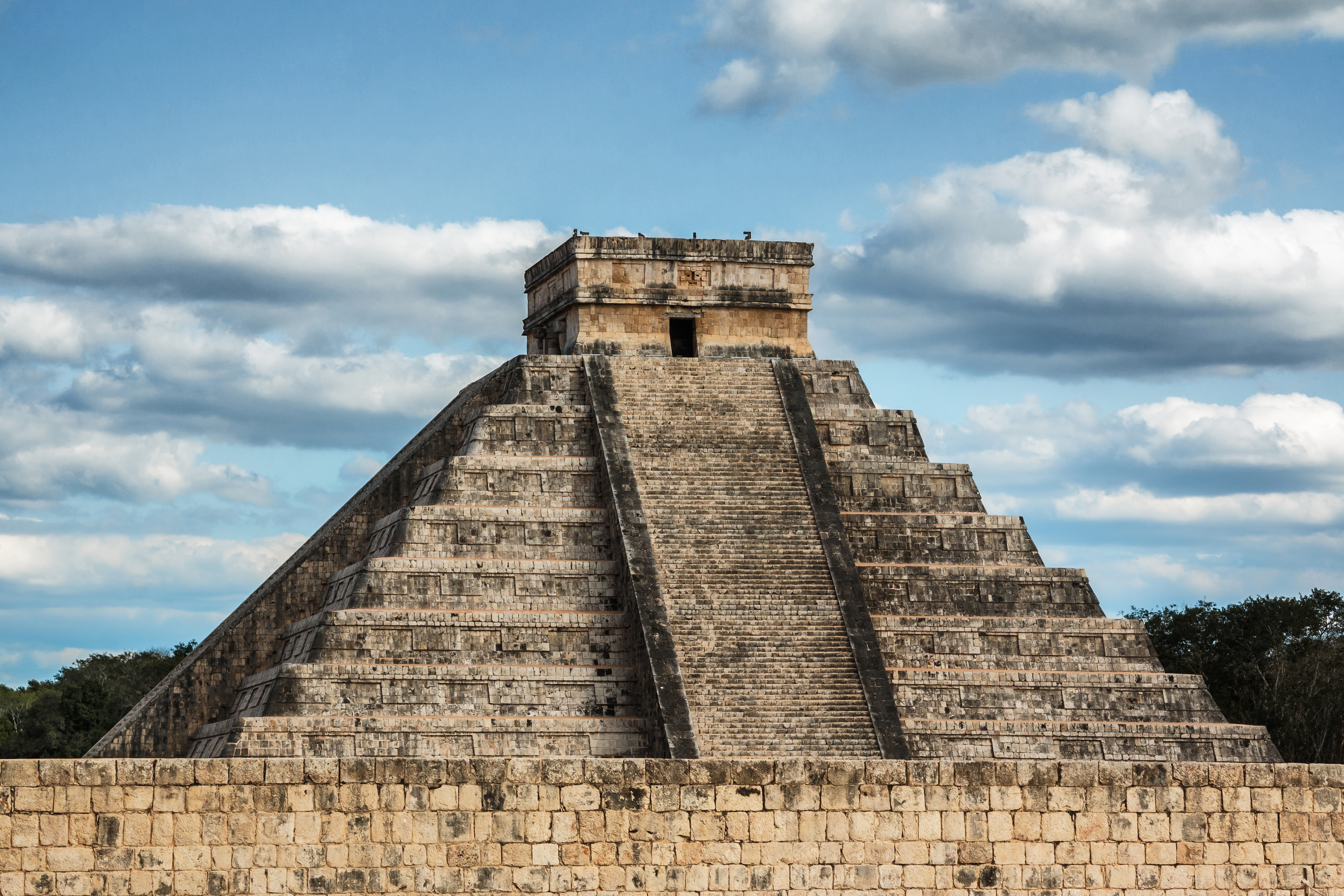
Chichen Itza, one of the largest and most important archaeological sites of the ancient Maya civilization, is a stunning example of nature reclaiming the man-made. Abandoned around the 10th century, the city was gradually overtaken by the dense jungle. Rediscovered in the 19th century, Chichen Itza is now a UNESCO World Heritage Site, renowned for its towering pyramids and temples that rise above the jungle canopy. The ruins are surrounded by lush vegetation, with trees and vines encroaching upon the ancient structures. The sounds of the jungle, from the calls of howler monkeys to the songs of tropical birds, create an immersive experience for visitors. The interplay between the ancient stone structures and the vibrant life of the jungle serves as a testament to the resilience of nature and the enduring legacy of the Maya civilization. Chichen Itza's enchanting beauty continues to captivate and inspire, drawing visitors from around the world to explore this hidden gem.
11. The Ruins of Palmyra, Syria: The Desert's Timeless Embrace

Palmyra, an ancient city in the Syrian desert, was once a thriving trade hub and cultural center. Abandoned and forgotten, the city was gradually overtaken by the desert sands. Rediscovered in the 20th century, Palmyra is now a UNESCO World Heritage Site, renowned for its stunning architecture and dramatic landscapes. The ruins are surrounded by a stark desert landscape, with the warm hues of the stone contrasting against the vibrant blue sky. The interplay between the ancient structures and the natural landscape creates a breathtaking visual experience, highlighting the enduring legacy of the Palmyrene civilization and the power of nature to reclaim its own. Palmyra's enchanting beauty continues to captivate and inspire, drawing visitors from around the world to explore this hidden gem. The city's transformation into a natural wonder underscores the enduring strength of the natural world and its ability to heal and renew.
As we journey through these enchanted ruins, we are reminded of the delicate balance between human innovation and the natural world. Each site tells a unique story of nature's triumph, showcasing the resilience and beauty of the natural world. From the jungle-covered temples of Angkor Wat to the sand-filled ghost town of Kolmanskop, these ruins serve as poignant reminders of the impermanence of human endeavors and the enduring strength of nature. They inspire us to reflect on our relationship with the environment and the need to respect and protect our planet. As we continue to explore and uncover these hidden treasures, we are reminded of the power of nature to reclaim its own and the timeless beauty of the world around us. Let us cherish and preserve these enchanted ruins, for they are a testament to the enduring legacy of nature and the eternal dance between humanity and the natural world.








